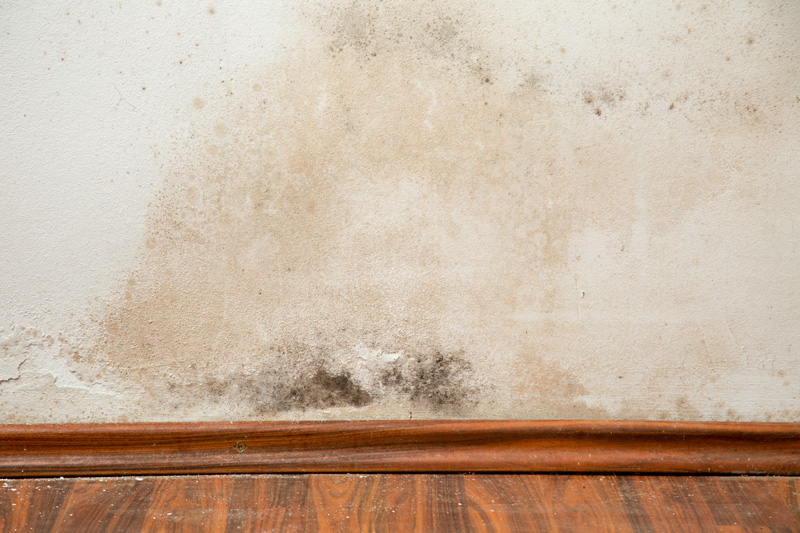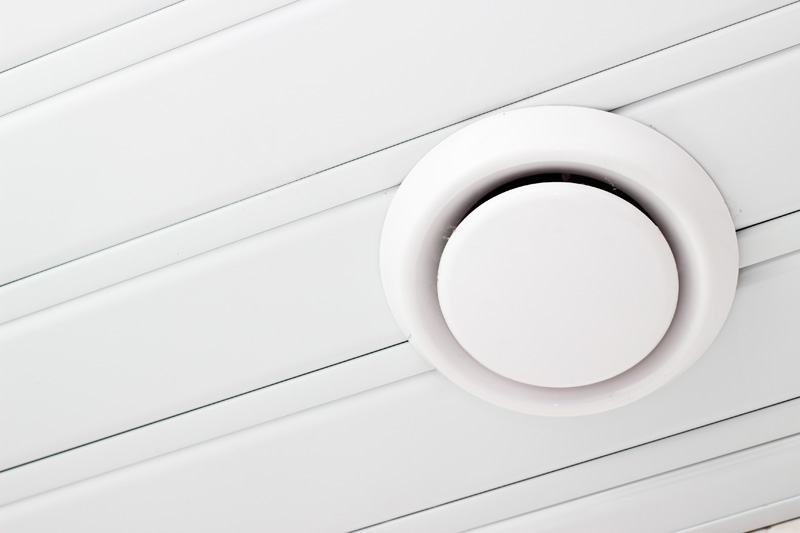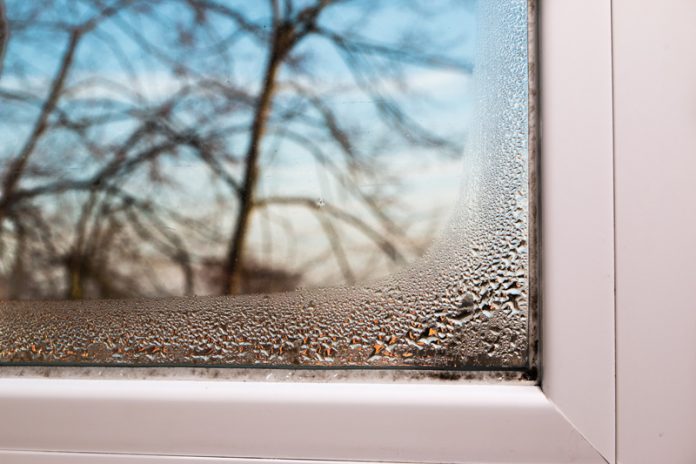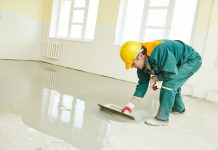Many homeowners aren’t aware of the consequences of damp in their home and imagine that it’s just something they’ll address when the time comes. However, damp is something not to be taken lightly. While not typically life threatening, it can ravage a property and reduce the quality of life of the residents. Over time, the structure of the house can become compromised, making it an uninhabitable mess. In UK homes, condensation is one of the leading causes of damp, but it doesn’t need to be tolerated. With a bit more thought and a few precautions, you can easily keep your home warm and damp-free.
How to check for damp
Some signs of damp are obvious while others can quite easily be missed or overlooked. If you haven’t had any damp inspections or aren’t sure if you home has been properly damp proofed then make sure to look around your house and check for these particular signs:
- An unpleasant musty, wet smell around your home
- Brownish stains or dark patches appearing on your walls or ceiling
- Wallpaper peeling off the walls or paint blistering
- Plaster breaking off of the walls or appearing discoloured
- Decay, fungus, or holes made by wood-boring weevils appearing in timber
- Nails and screws show signs of rust
- Salt stains on bricks and outside walls
- Outside mortar breaking apart and/or falling away

If you take the time to look around your home for any of these signs you will be saving yourself a lot of money in the future. Damp often costs more to fix than to prevent, so the earlier you catch it the better chance you have of putting a stop to it before it can cause some serious damage.damp
Mistakes we make around the home
There are certain bad habits or behaviours that many people have that can lead to condensation in the home, even if they have some basic damp proofing. Old homes especially can be susceptible to damp and condensation because we use them differently to how families did when the houses were built and many new technologies that we put in homes can either contribute to or cause condensation. But, you have a much better chance if you put a stop to silly mistakes before they get out of hand. If you’re guilty of doing any of these things around the home then it’s about time that you stopped.
- Keep all of the windows and doors shut
- Keep turning the heating on and off or up and down throughout the day
- Hang wet clothes and towels on the radiator to dry
- Have hot showers and baths with the windows closed
What can be done to prevent damp and condensation?
The majority of condensation is simply caused by condensation which can be easily prevented if you take the right precautions and start thinking more about the moisture in your home. Take steps to improve the ventilation in your home and reduce the moisture in the air. A top tip from damp proofing specialists, Southern Damp Proofing, say “Installing extractor fans and investing in a dehumidifier can improve the levels of condensation in your home to start. On top of this, be sure to open your windows every now and then and keep the temperature in your home reasonably consistent.”
If you find condensation to be tenacious and have trouble getting rid of it, you can refer to an expert to assist with condensation control. They will be able to review the property, spot the causes of condensation and damp, and offer you fast and effective solutions. Prevention is often cheaper than repairs, so it’s better to pay for a bit of damp proofing now than pay for a new ceiling in five years’ time.





















